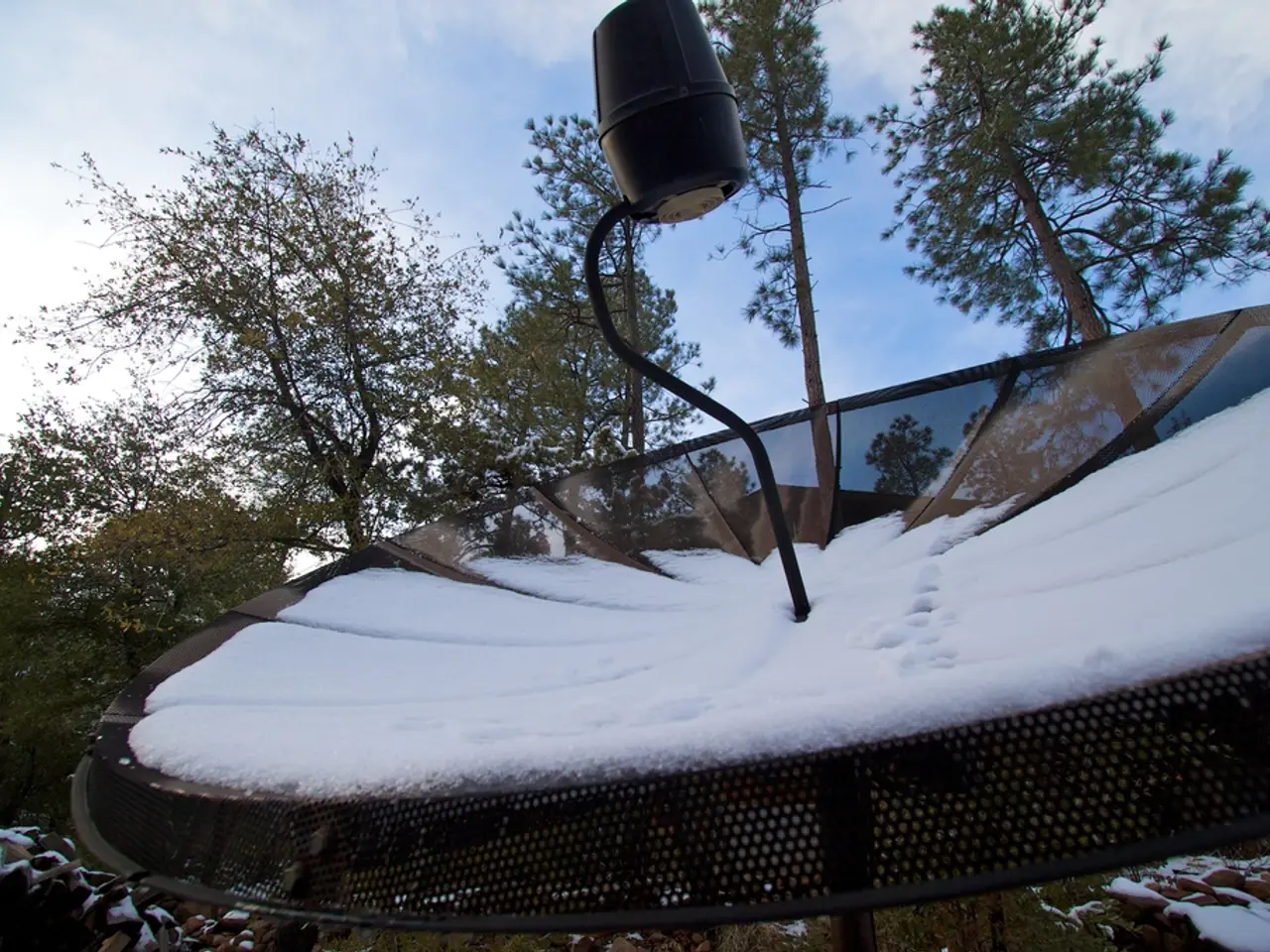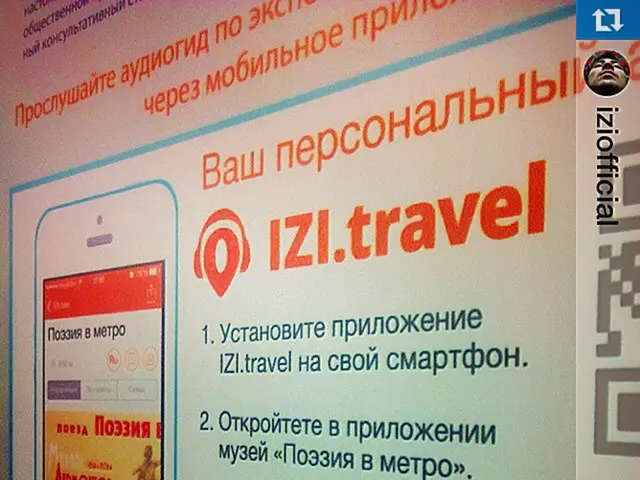Rural Alaska Schools Turn to Satellite Internet for Affordable, Faster Connections
Rural schools in Alaska are embracing satellite internet, like Starlink, to overcome high costs and slow speeds of traditional providers. Meanwhile, the future of broadband assistance programs in the United States remains uncertain.
The Southeast Island School District, for instance, switched from GCI to Starlink, slashing annual costs from $1.2 million to a mere $18,000. This move was driven by budget constraints, a common issue among rural districts.
The Lower Yukon School District, serving around 2,000 students, also made the switch due to inadequate speeds and financial pressures. They expect download speeds to increase up to tenfold with Starlink. However, they still rely on federal subsidies, like the E-Rate program, to cover over $600,000 of their new network costs this year.
Subsidies have been vital for rural districts' connectivity. Yet, their long-term sustainability is a concern. Valerie Oliver, a former state E-Rate consultant, warns that rising costs could threaten the funding of these programs. The state is currently evaluating the long-term sustainability of its broadband assistance program, including the Broadband Assistance Grant (BAG).
While rural schools in Alaska find relief in satellite internet options like Starlink, the future of subsidy programs remains uncertain. The state's review of broadband assistance sustainability may shape the connectivity landscape for these districts.
Read also:
- Event Showcasing Accessibility Technologies
- Revealed: Top and Bottom UK Banks for Digital Banking Services
- Affordable supermarket purchases from dollar stores are not sabotaging typical American nutritional habits, according to research findings
- Ex-footballer Tim Wiese's Wealth Unveiled: An Insight into His Real Financial Status!







